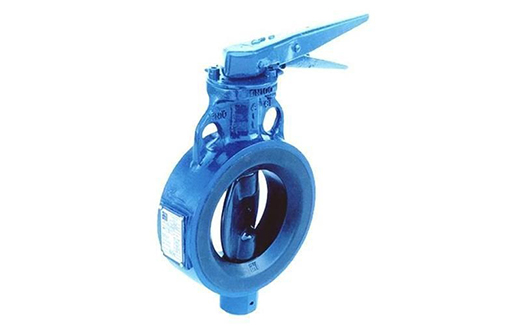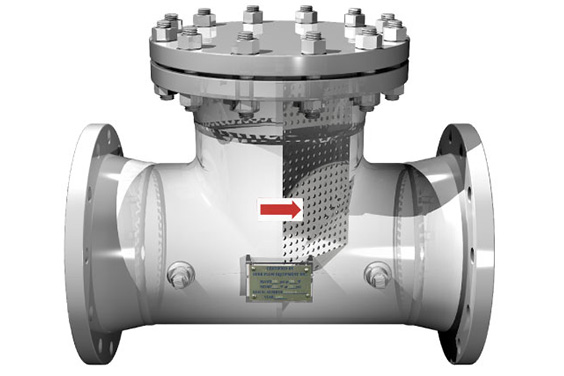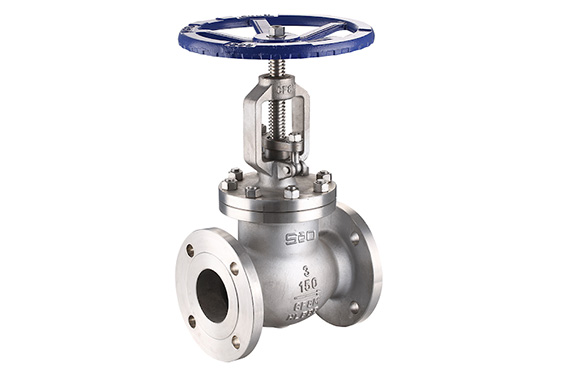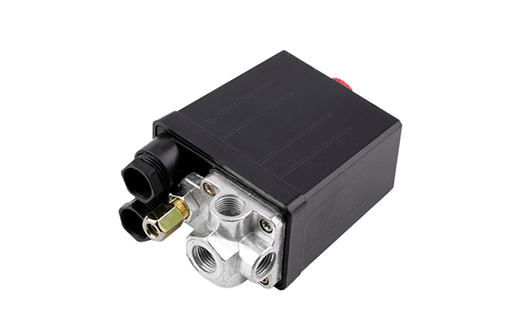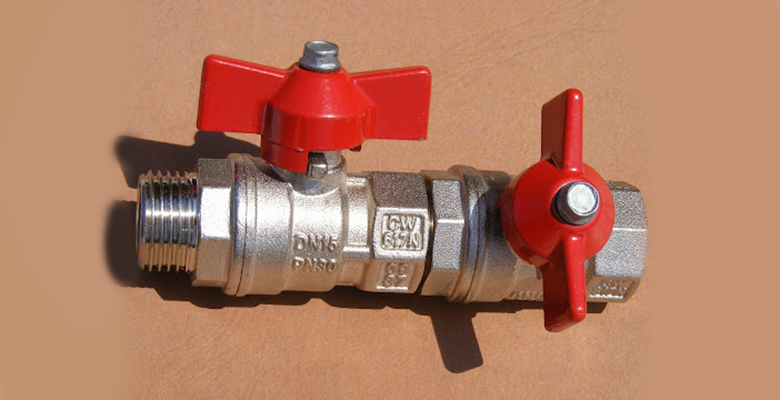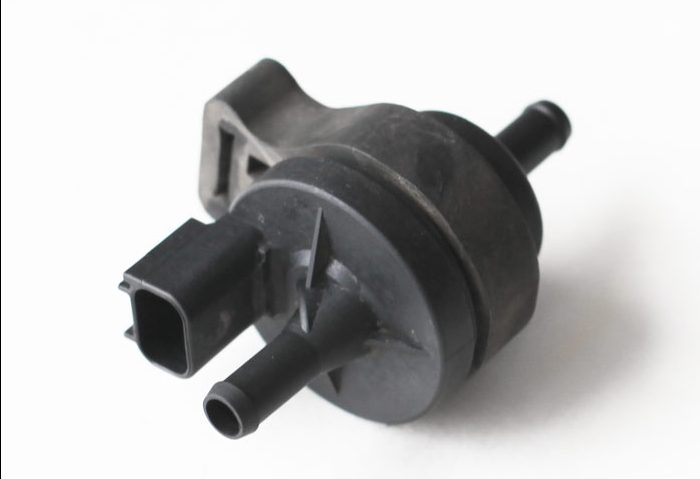In order to make heating and cooling systems work, there needs to be a flow of refrigerant. In most cases, this is done by using a reversing valve. However, there are times when you may need to bypass the reversing valve for various reasons. In this blog post, we will show you how to do just that!
How To Bypass Reversing Valve
Here are 3 different ways that you can bypass your reversing valve
- One way is to simply disconnect the electrical power to the unit. This will disable the reversing valve and allow you to continue using your air conditioner or heat pump in the same direction.
- Another way to bypass the reversing valve is to manually override the unit. This can be done by either removing the control wire from the terminal or by using a jumper wire to connect the terminals together. Doing this will allow you to use your air conditioner or heat pump in the same direction without having to worry about the reversing valve.
- Finally, if you have a dual-stage system, you can bypass the reversing valve by only running one stage at a time. This will allow you to use your air conditioner or heat pump in the same direction without having to worry about the reversing valve. Bypassing your reversing valve is a great way to keep your air conditioner or heat pump running in the same direction, even if it is not working properly.
How do you move a reversing valve manually?
A reversing valve is a mechanical device that allows you to change the direction of the flow of refrigerant in your air conditioner. This can be useful if your air conditioner is not cooling your home efficiently, as reversed airflow can help to distribute the cold air more evenly.
While most reversing valves are operated automatically, some models may need to be moved manually.
If you need to move your reversing valve, here are a few simple steps to follow:
- First, locate the reversing valve itself. This is typically located near the outdoor compressor unit.
- Next, identify the lever that controls the direction of the airflow. In most cases, this will be clearly labeled.
- Finally, use your hand to move the lever from its current position to the opposite position.
- Once you have done this, wait a few minutes for the refrigerant to begin flowing in the new direction before checking to see if your air conditioner is cooling more effectively.
Can you move a reversing valve with a magnet?
Can you move a reversing valve with a magnet? The answer is yes! All you need is a strong enough magnet. If you have a powerful enough magnet, you can actually move the reversing valve without having to physically touch it.
This can be really useful if you need to change the direction of the flow of fluid in your system. You can use this technique to quickly and easily change the direction of flow in your system without having to shut it down. All you need is a strong enough magnet and you’re good to go!
What are the symptoms of a stuck reversing valve?
If you suspect that your reversing valve is stuck, there are a few symptoms to look out for. First, your HVAC system may make strange noises when you try to switch from heating to cooling mode, or vice versa. You may also notice that one side of your home is not being heated or cooled properly.
Finally, your energy bills may be higher than usual, as your HVAC system struggles to maintain the desired temperature. If you notice any of these symptoms, it’s important to call a professional for repairs as soon as possible. A stuck reversing valve can cause serious damage to your HVAC system and home if left untreated.
How do you test a reversing valve?
When it comes to plumbing, a reversing valve is a handy tool to have in your arsenal. But how do you know if it’s working properly? There are a few simple tests you can perform to ensure that your reversing valve is in good condition.
- First, open the valve and check to see if water is flowing through it in the correct direction.
- Next, close the valve and see if water is still able to flow through it in the reverse direction.
- Finally, check for any leaks around the valve. If you notice any of these problems, it’s time to replace your reversing valve. With a little bit of testing, you can be sure that your plumbing is in good working order.

